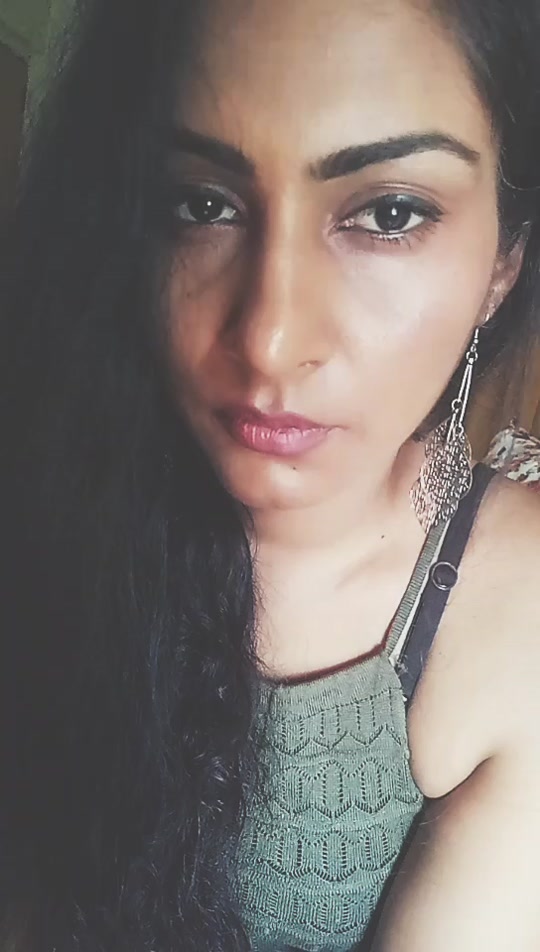

The film has been shot at actual locations in Punjab, that were caught under heavy militancy fire in the 1980s – Amritsar, Tarn Taran and Ferozepur districts of Punjab. The film is produced by Kartikeya Singh of the Film Cafe, India along with Catherine Dussart of Catherine Dussart Productions, France, NFDC, India and Sunil Doshi’s Handmade Films, India. Thankfully, he found people willing to come on board who were open to the idea of elaboration and improvisation while shooting. For me, the script is just a blue print that can give rise to cinematic liberties.”, he says. They want to read a script like a literary work. “My scripts are never more than forty pages.

Gurvinder admits that raising funds for the film was a huge challenge, in spite of all the accolades Anhey Ghore Da Daan got the world over, as he doesn’t really believe in the traditional format of a screenplay. “It explores how social and political turmoil robs the ordinary person of the basic right to live their lives in peace.”, Gurvinder adds. According to Gurvinder, an alumnus of the Film and Television Institute of India (FTII), Pune, “one story flows into the other and back – like a relay race with one character passing on the baton to the other.” While based around the events of 1984 (Operation Blue Star and subsequently Indian Prime Minister Indira Gandhi’s assassination and the anti-Sikh riots in Delhi), the film is not directly connected to them. The film looks at two incidents, loosely connected – two Hindu friends trying to get to Amritsar and some months earlier, a farmer being told that he has to put the family dog to sleep. Anhe Ghore Da Daan was based on Gurdial Singh’s novel of the same name, while Chauthi Koot combines two stories of famous Punjabi writer Waryam Singh Sindhu set in the 1980s, a very turbulent period for Punjab, as it was grappling with the military at one end and a militant movement demanding a separate Sikh state on the other. Turning to Punjabi music and literature to stay connected to his heritage, and to understand the socio-political undercurrents and the interpersonal bonds and schisms of a majorly agrarian society, he found the inspiration he needed to make his films.

Chauthi Koot is filmmaker Gurvinder Singh’s second film after Anhe Ghore Da Daan (Alms For A Blind Horse, 2011), also in Punjabi.īorn and raised in Delhi, Gurvinder’s only connection with his Punjabi roots has been the language spoken in his house and and in his neighborhood. Today, one of the two Indian films in the ‘Un Certain Regard’ section of the 68th Cannes Film Festival has its world premier, the Punjabi film, Chauthi Koot (The Fourth Direction).


 0 kommentar(er)
0 kommentar(er)
